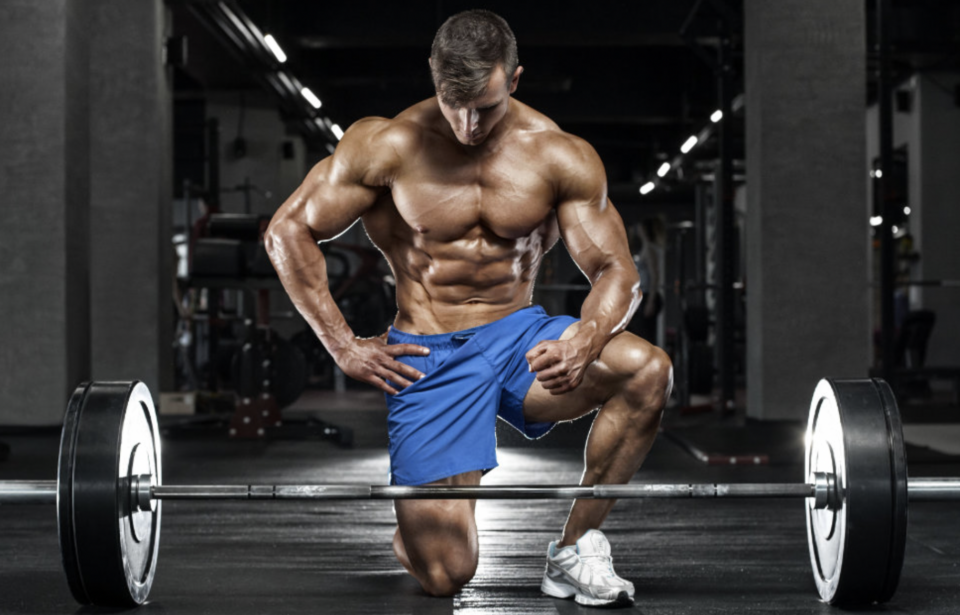Effective recovery is the cornerstone of productive training, as it allows you to push your limits in workouts. The more you can train intensively without exceeding your body’s ability to recover, the better your results will be. In a recent article titled “3 Program Design Principles to Maximize Muscle Recovery,” the importance of program design in optimizing training and recovery efficiency was highlighted. It emphasized that smart program design effectively manages fatigue, which is a critical aspect of recovery.
Nevertheless, optimal recovery extends beyond program design and incorporates various other elements. Stress management, sleep, and nutrition are pivotal factors to consider in this process. Additionally, there are strategies to enhance recovery on rest days, both actively and passively.
Passive recovery methods focus on relaxation and stillness. These methods include stress management, hydration, napping, and massage. Managing stress is vital, given that chronic stress can hinder recovery, muscle building, strength gains, and fat loss. Techniques like calming breathing exercises can shift your body into a parasympathetic state, promoting recovery.
Meditation, or mindfulness if you prefer, is another excellent stress management tool. Taking a few minutes each day to sit quietly, focus on your breath, or use guided meditation apps like Headspace can significantly reduce stress levels.
Hydration plays a vital role in overall health, energy levels, and recovery. It’s essential to remain adequately hydrated throughout the day, not just during workouts. Monitoring the color of your urine can help gauge your hydration status, with clear to pale straw-colored urine indicating good hydration.
Napping is another way to supplement nighttime sleep and improve recovery. Short naps of 20-30 minutes can enhance recovery and cognitive function. However, they should not replace a good night’s sleep.
Massage, while providing psychological benefits, may also offer physiological advantages. It’s worth noting that gentler massages can be more effective for recovery than deep tissue massages, as they promote relaxation without causing discomfort.
Active recovery methods involve light activity that supports, rather than disrupts, the recovery process. Light training days and activities like walking, swimming, or yoga on rest days can increase blood flow, alleviate psychological stress, and reduce inflammation, ultimately aiding in recovery.
In conclusion, maximizing recovery involves a multifaceted approach that encompasses program design, stress management, hydration, napping, and appropriate active recovery activities. These strategies work together to provide marginal gains that can significantly enhance your recovery and overall training performance. However, it’s important to recognize that no recovery strategy can compensate for poor training programs, inadequate sleep, or a suboptimal diet. Addressing these foundational elements is crucial before fine-tuning your recovery strategies.

